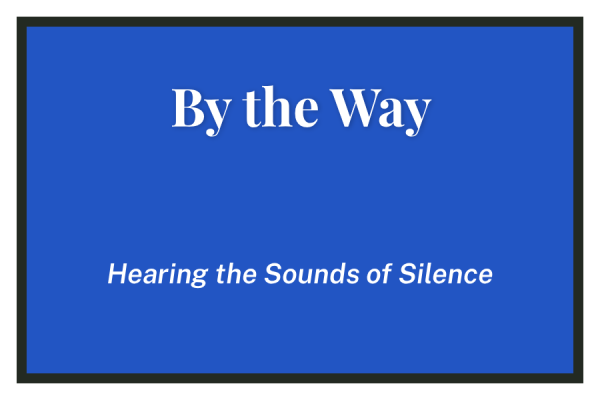Head to Head: ACT’s New System
New Individual Section Policy Creates Greater Economic Disadvantage
ACT officials announced that starting September 2020, students will be able to take individual sections of the test in order to improve their single section scores. The scores from these single sections will not be replaced with a section score on a composite test but instead will factor into a student’s Superscore—the best score in every section made into a composite score. This announcement was made on Tuesday, October 8th, giving plenty of time before the rule would be implemented.
The original purpose of the ACT was to test students only once on their knowledge in English, Math, Reading, and Science, but the general trend in America has been to take the test 2-3 times. Taking the test only once is the closest thing to leveling out the playing field because it prevents wealthier students from gaining a large advantage because of many sessions spent on test prep. Already, taking the test 2-3 times benefits those who can afford to pay for test prep for months until they get the score they’re comfortable with.
With this new rule in place, those families that can afford test prep will gain a further advantage because a student must take a composite, which costs $52 without writing and $68 with writing, and then will use test prep for months before retaking a single section. The lower/middle class will be at a clear disadvantage because of a lack of access to test prep, and the students with the highest scores will tend to be from wealthier families.
ACT test scores, according to ACT spokesman Ed Colby, are the only admission decision factor that can be a standard metric throughout all applicants. But with an increasing need to compete and score high, tutors are in higher demand than the ACT had envisioned, and the test has now strayed away from its original purpose: to test college readiness.
The discrepancies between ACT scores will turn out to be a direct result of socioeconomic status, and I cannot imagine schools not realizing this problem in the future. One kid from a lower class family can take the test once and get a 32. For a first time score, that’s great. As of now, they’re already prevented from paying for another test, but in September they also won’t be able to improve individual sections. With the test now becoming easier to improve in, families without the money to do so will be put at a further disadvantage.
According to “The Washington Post,” The University of Chicago dropped ACT/SAT scores as an admissions requirement last year and found that they had a 20 percent increase in first-generation, low income students. The same article states that 40% of accredited schools in the US have dropped submitting scores as a requirement for the same financial purposes.
The inflated scores of the middle/upper class will also prove to be a problem for the ACT because a 34-36 now (pre-September 2020 rule) looks much more impressive than it will down the road. This poses a problem to students who take it one time and score in that range because students with a 32 or 33 could retake their worst sections after paying for months of extra test prep and score a 35 or 36.
The ACT will be extinct in a few years because of score inflation, and research has shown that it was only a matter of time, maybe a few years, but now that time frame is closing in rapidly. According to an article from “USA Today,” Adam Ingersoll, a co-founder of a test prep firm called Compass Education Group, said that high scores “are increasingly common and thus non-distinguishing.”
Furthermore, if the scores that elite colleges are receiving are too high and too similar, they will not be able to differentiate candidates as easily. Therefore, the ACT will be of less importance than it is now.












